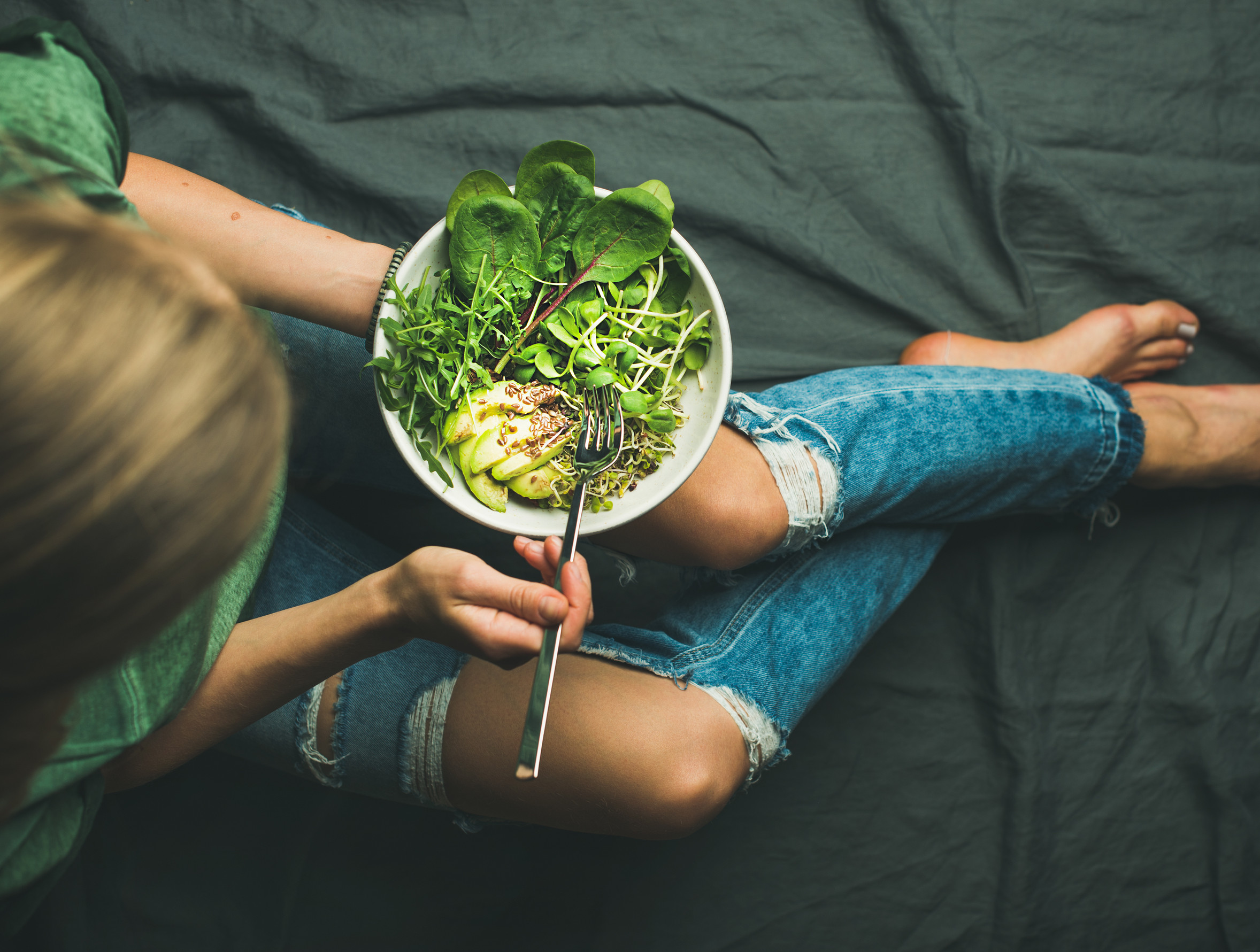Eating clean is one of the best things you can do for your health, but it often comes with the assumption that it’ll also clean out your wallet. From overpriced organic produce to trendy superfoods, healthy eating can feel out of reach if you’re on a tight budget. The good news? You can nourish your body without going broke. With the right strategies, clean eating becomes affordable, practical, and sustainable—even if you’re pinching pennies. Here’s how to eat clean on a dirty budget without sacrificing taste or nutrition.
1. Stick to Whole, Unprocessed Staples
Clean eating doesn’t require fancy health foods—it starts with simple, whole ingredients. Focus on affordable pantry staples like brown rice, oats, dried beans, and lentils. These foods are packed with fiber, protein, and essential nutrients and can be bought in bulk for major savings. Frozen vegetables and fruits are also budget-friendly and often more nutritious than fresh ones that sit around too long. Skip pre-packaged meals and snacks, which often cost more and contain added sugars and preservatives. Sticking to real food is cleaner and cheaper than anything in a box.
2. Shop Smart with a Plan
Impulse buys are budget killers, especially when you’re trying to eat clean. Start with a weekly meal plan, then create a grocery list based on that plan. Prioritize items that can be used across multiple meals to cut down on waste. Apps like Flipp or your grocery store’s own digital flyer can help you hunt for sales on produce and proteins. Don’t be afraid to swap ingredients based on what’s marked down—being flexible can save you a lot. Planning ahead keeps you out of the fast-food drive-thru and in control of your wallet.
3. Buy in Bulk and Portion Everything

Image Source: 123rf.com
Bulk bins are your best friend when it comes to grains, seeds, spices, and legumes. Buying in bulk reduces packaging costs and allows you to get exactly what you need—no more, no less. When you get home, portion everything into labeled containers or zip-top bags for convenience. This way, you’re not tempted by unhealthy snacks because your clean options are ready to go. Consider investing in a few cheap storage bins or mason jars to organize your pantry. Prepping in bulk also saves time during the week, helping you stick to clean choices.
4. Cook Once, Eat Twice (or More)
Meal prepping isn’t just trendy—it’s a major money saver. Make big batches of clean meals like veggie stir-fries, soups, grain bowls, or roasted sheet-pan dinners. Then portion them into containers for lunches or freeze leftovers for another week. Cooking at home not only saves money but also gives you full control over ingredients, oils, and portion sizes. Look for recipes that use affordable ingredients but still taste great with herbs and spices. One Sunday prep session can feed you clean meals for days—without the daily stress or expense.
5. Rethink Organic (It’s Not All or Nothing)
Many people assume eating clean means going 100% organic—but that’s not necessary on a tight budget. Focus on the “Dirty Dozen” if you want to be selective—these are the produce items most likely to have pesticide residue, according to the Environmental Working Group. On the flip side, the “Clean Fifteen” are safer to buy conventional, saving you money without compromising too much. Farmers’ markets or local co-ops often offer better deals on in-season produce than big chain stores. You can also save by buying slightly bruised or “ugly” produce. Clean eating is about nutrients, not perfect appearances.
6. Ditch the Trends, Embrace the Basics
You don’t need collagen powders, mushroom coffee, or ancient grains flown in from another continent to eat clean. Many of the trendiest health foods are overpriced and overhyped. Instead, lean into simple, classic ingredients: eggs, carrots, bananas, potatoes, and canned tuna are all budget-friendly clean staples. Skip expensive protein bars and blend your own smoothies from basic ingredients. Eating clean is about fueling your body, not following influencer diets. Keeping it basic is better for both your budget and your body.
You Don’t Need a Big Budget to Eat Clean
Clean eating doesn’t have to be expensive, restrictive, or complicated. With a little planning, smart shopping, and realistic expectations, you can nourish your body on even the tightest budget. Focus on whole foods, cook at home, and avoid the expensive health food marketing hype. Remember, it’s consistency—not perfection—that makes a difference. Eating well is possible at any income level—you just need the right approach. Start where you are, use what you have, and build healthy habits one meal at a time.
Read More
These 6 ‘Healthy’ Grocery Items Are a Waste of Money, According to Nutritionists


